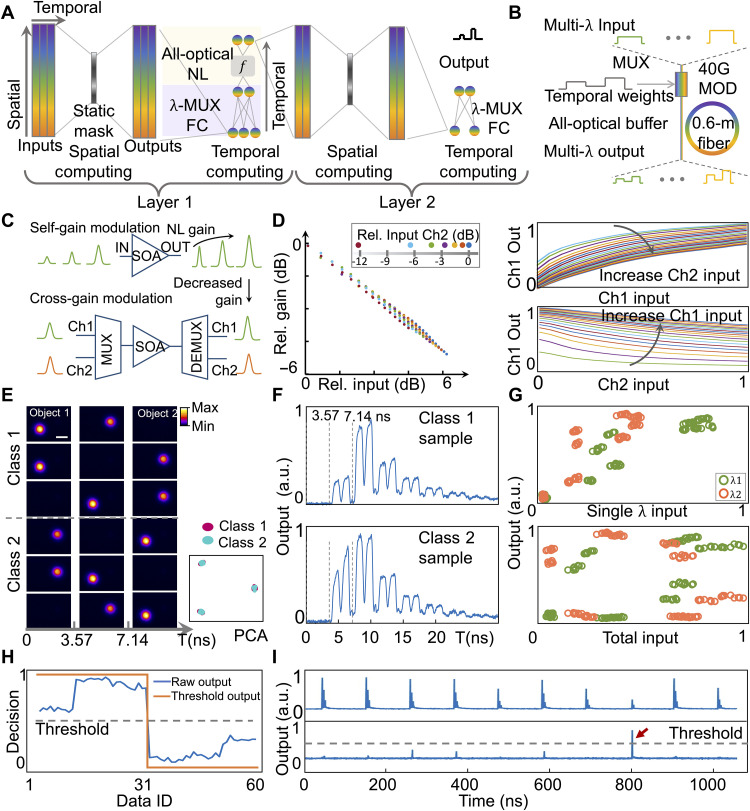Fig. 4. Wavelength-multiplexed (WMUX) all-optical nonlinear STPC network for nanosecond dynamic light-field analysis.
(A) Wavelength-multiplexed STPC network. The spatial light field was encoded on wavelengths and multiplexed (MUX) into a temporal channel. Different wavelength channels shared the multiplication weights and were recurrently added. Between layers, an all-optical nonlinear module took in the multispectral inputs, and the outputs were demultiplexed spatially after nonlinear activation. (B) Implementation of wavelength-multiplexed full connection. The multispectral spatial outputs were multiplexed into the temporal channel and modulated with a 40-GHz intensity modulator (MOD) and recurrently added in the temporal buffer consisting of a 0.6-m fiber ring. (C) Spectral nonlinearity of SOA, with nonlinear self-gain modulation and cross-gain modulation. (D) Left: Measured highly nonlinear region of SOA. Data points with the same color denote the same control power. Right: Measurement of self-gain modulation (top) and cross-gain modulation (bottom). (E) Slow motion of the ultrafast dataset captured by an InGaAs camera. Right: Low-dimensional manifold of the dataset, with PCA. (F) Layer 1 output temporal dynamics of class 1 and class 2 samples, with a 3.57-ns frame time. (G) Nonlinear activation. Outputs of different wavelengths as a function of the respective input (top) and as a function of total input (bottom). (H) Final output and classification results of the whole dataset. (I) Monitoring the continuous high-speed dynamics with a 10-MHz frame rate and a 3.57-ns frame time. Top: Temporal buffer output. Bottom: Output with a selection window. Scale bar, 3 mm.

